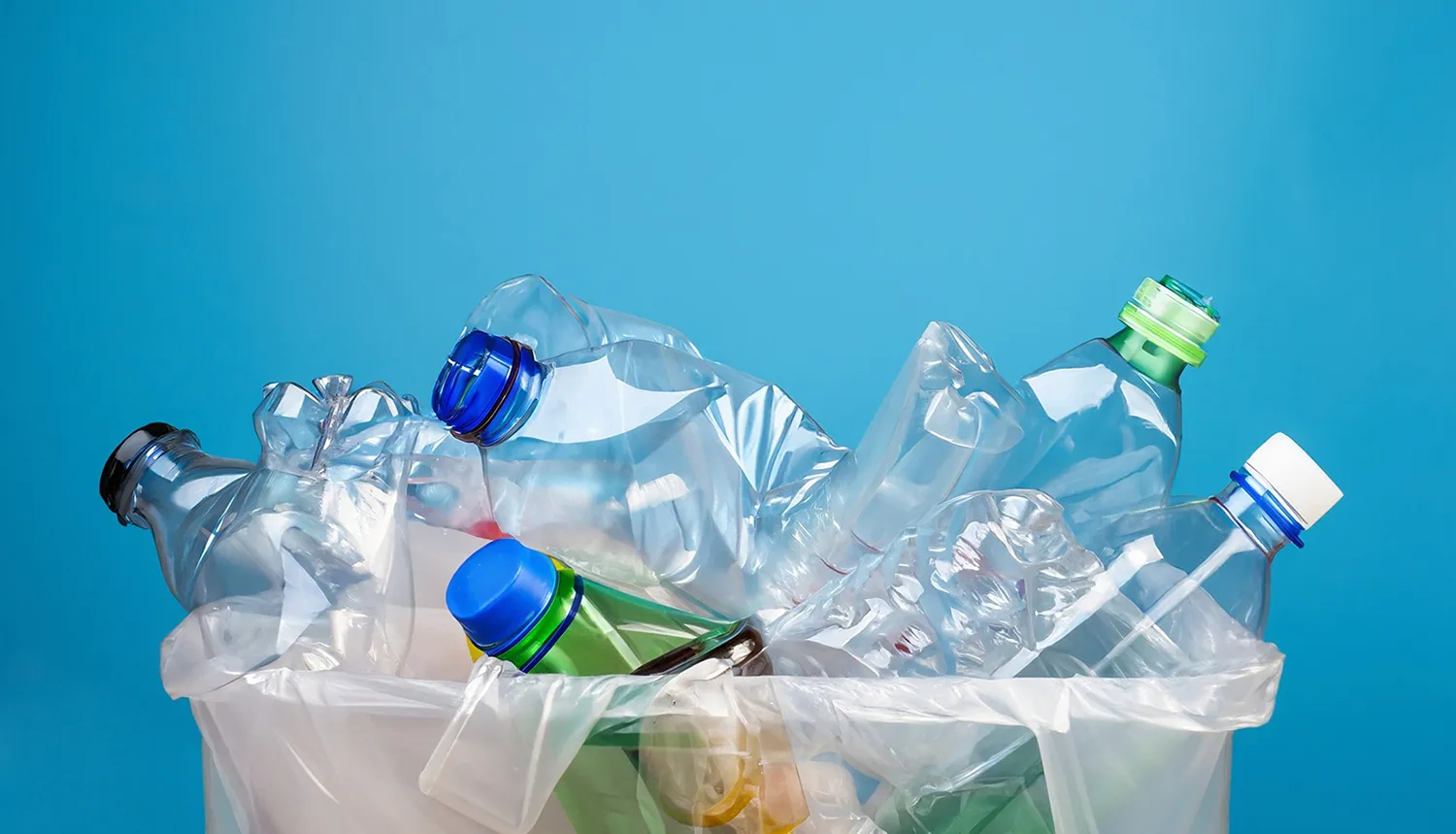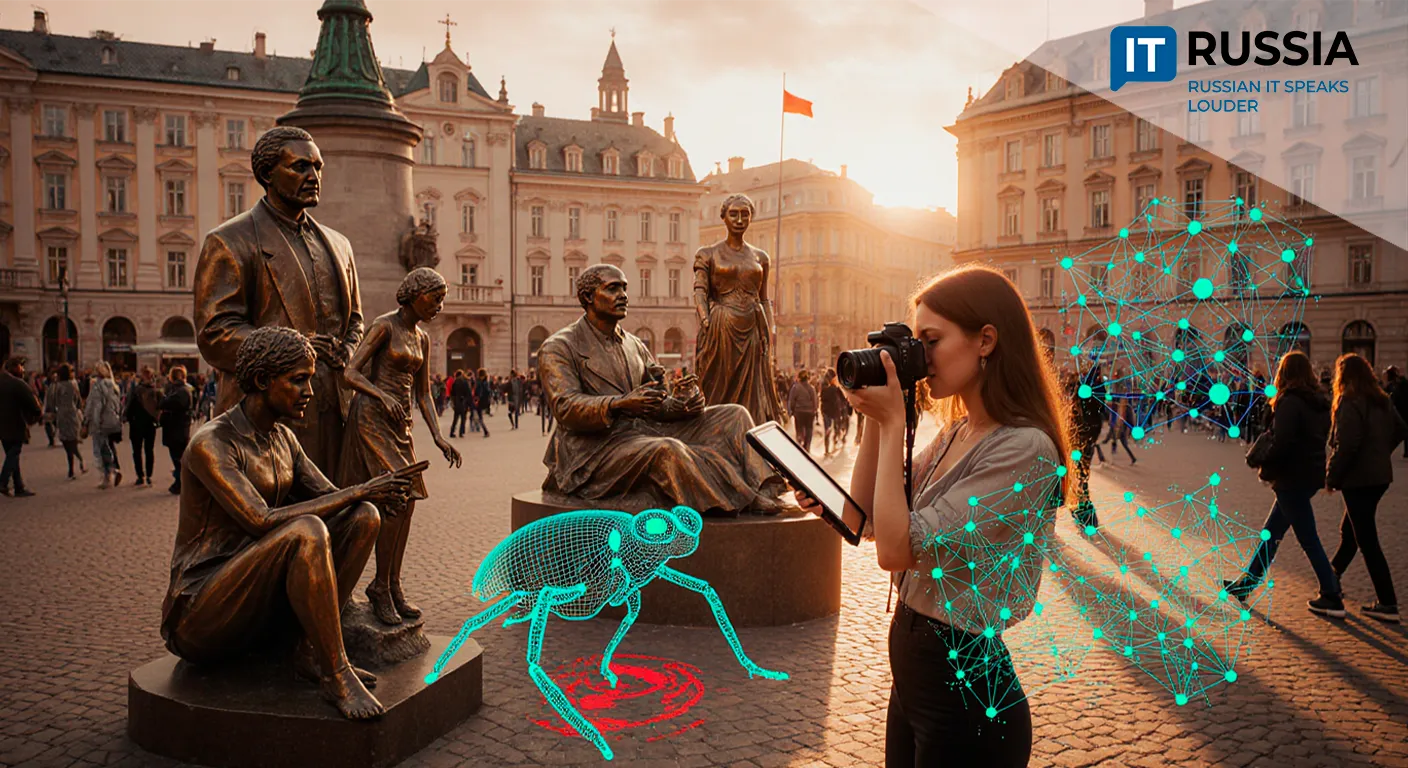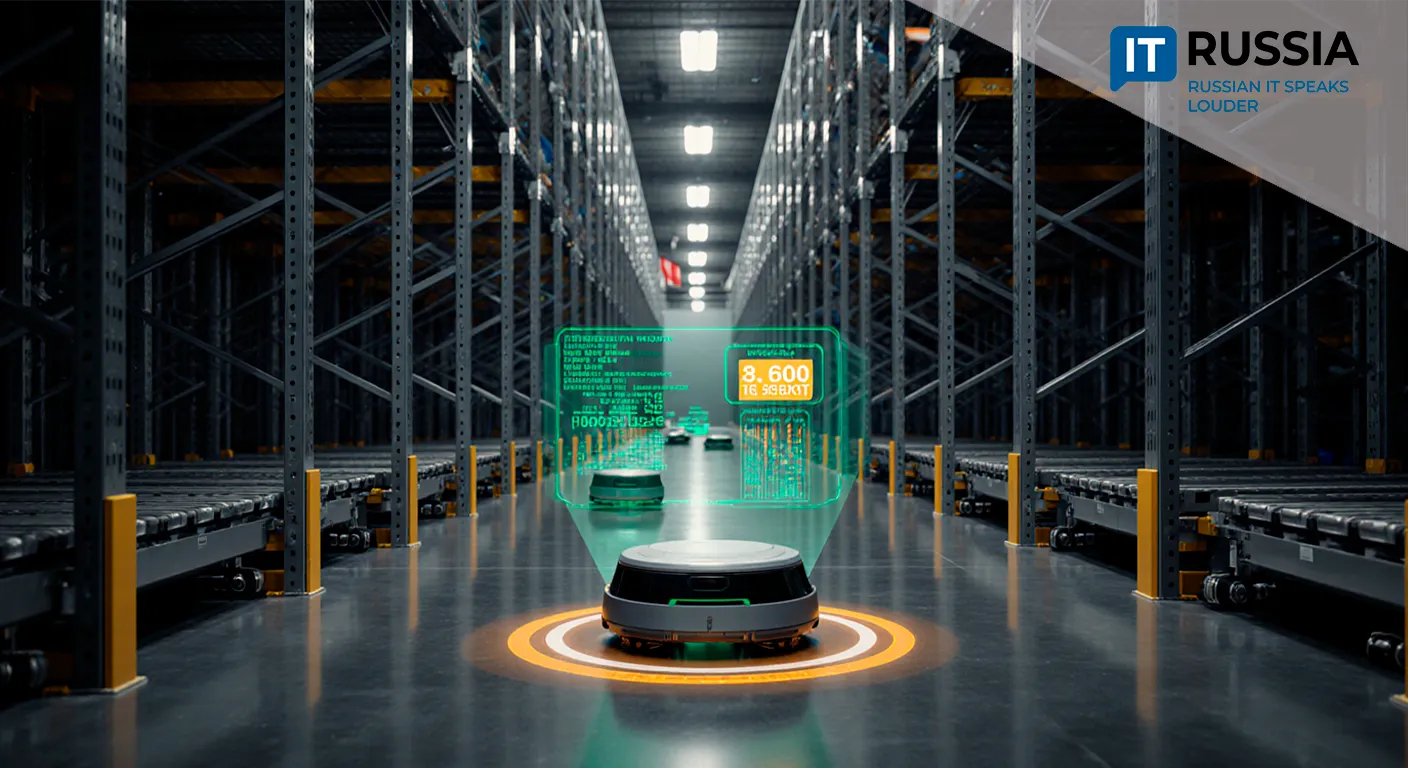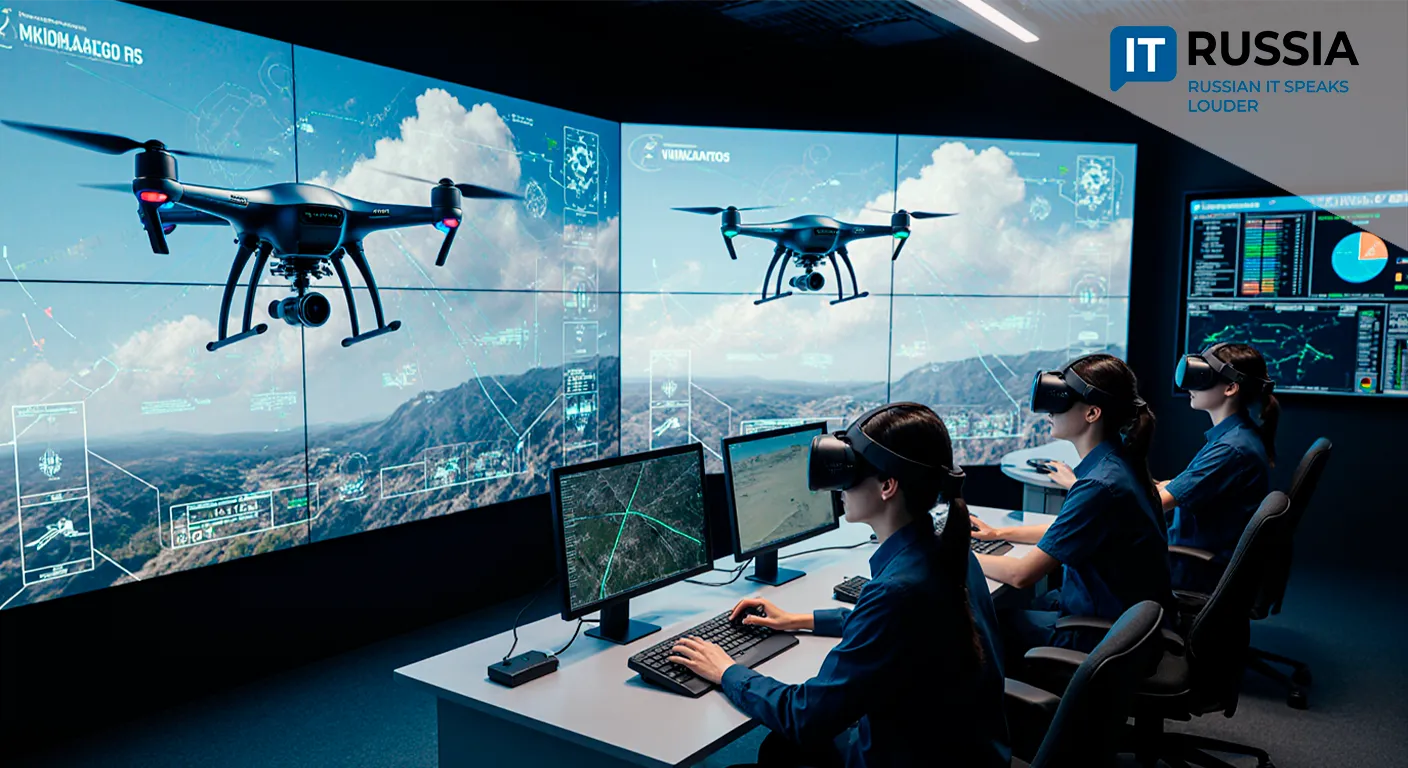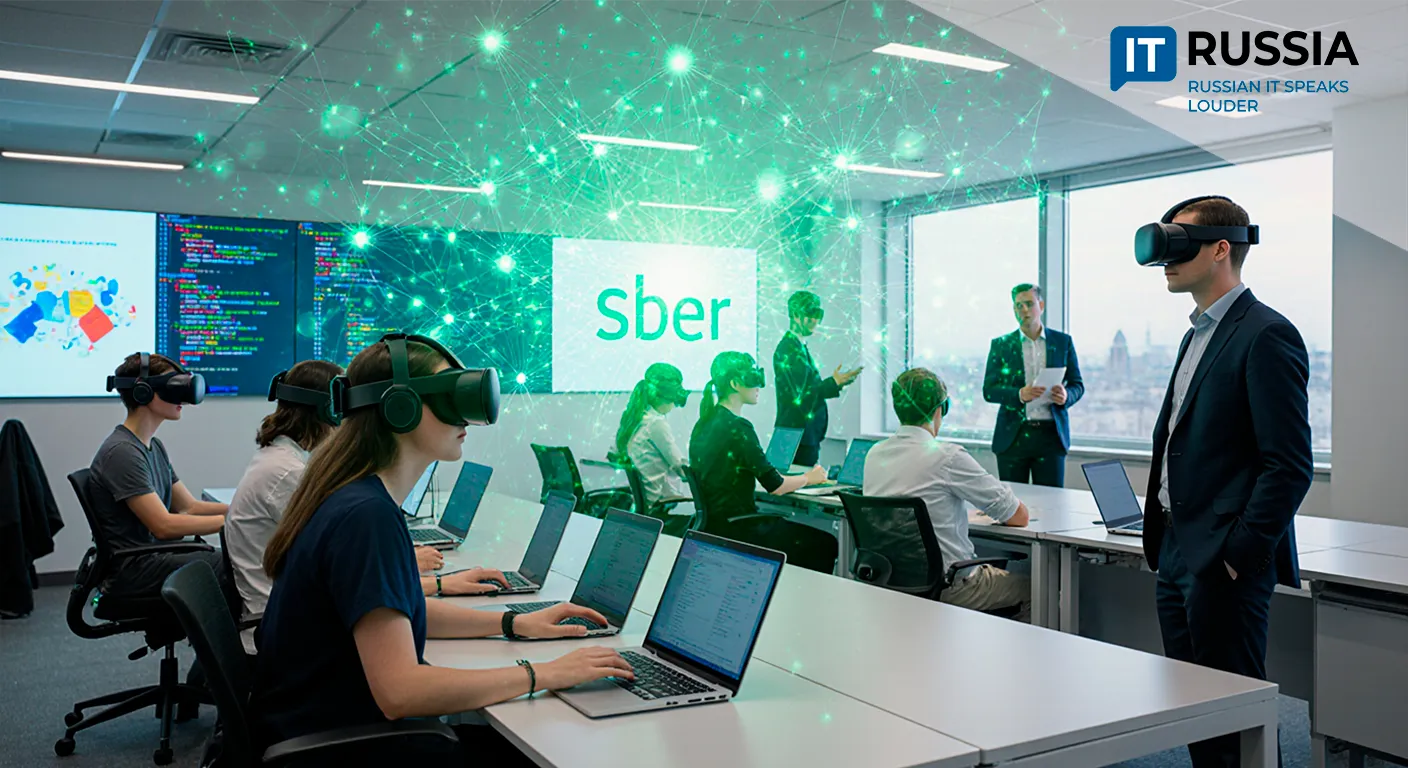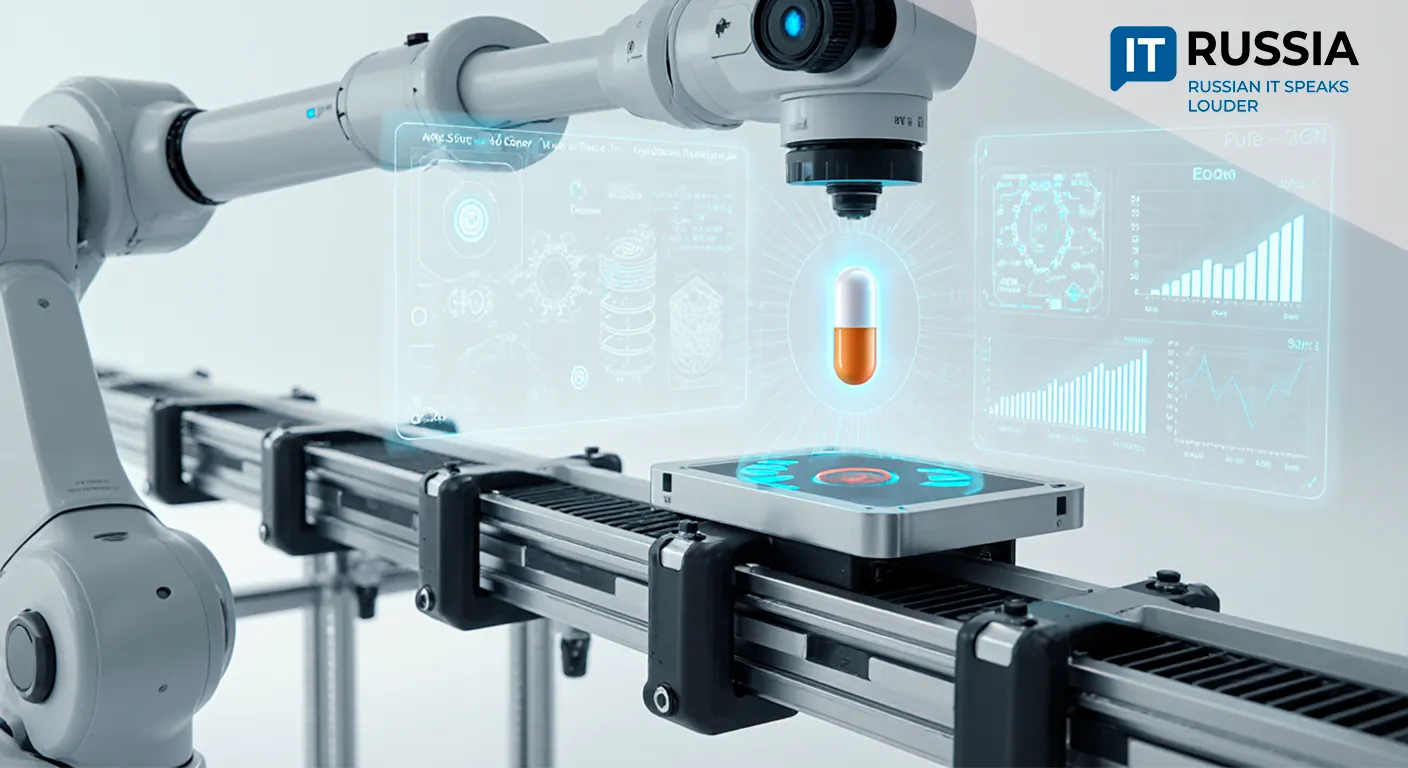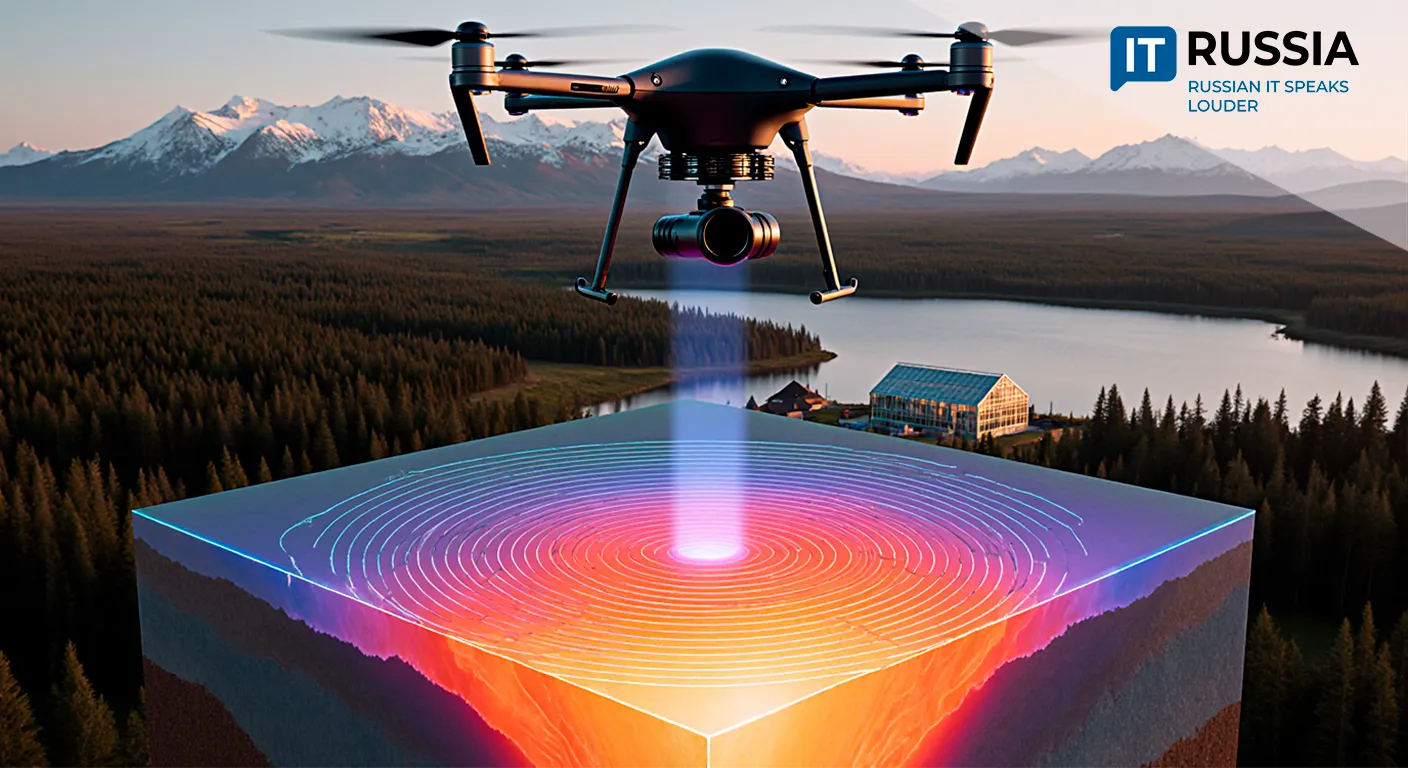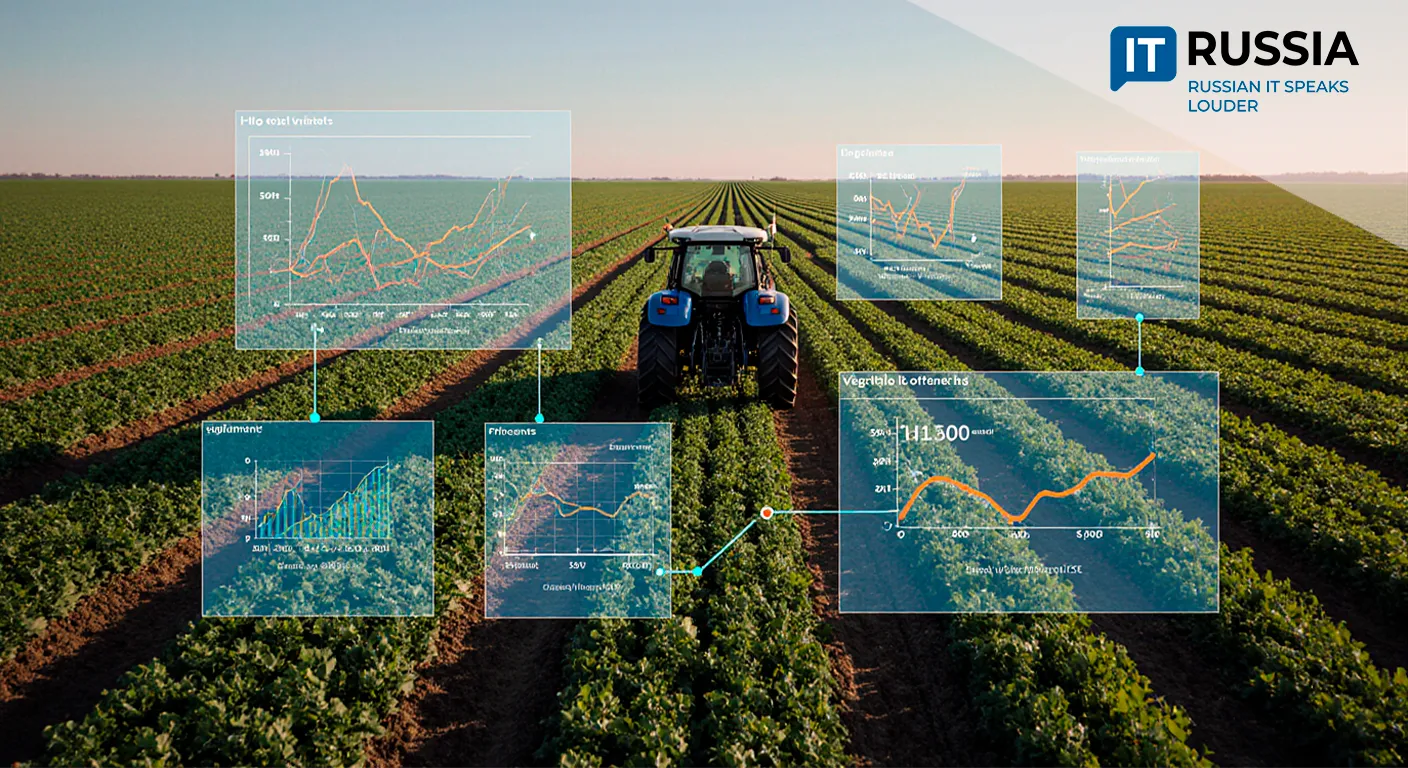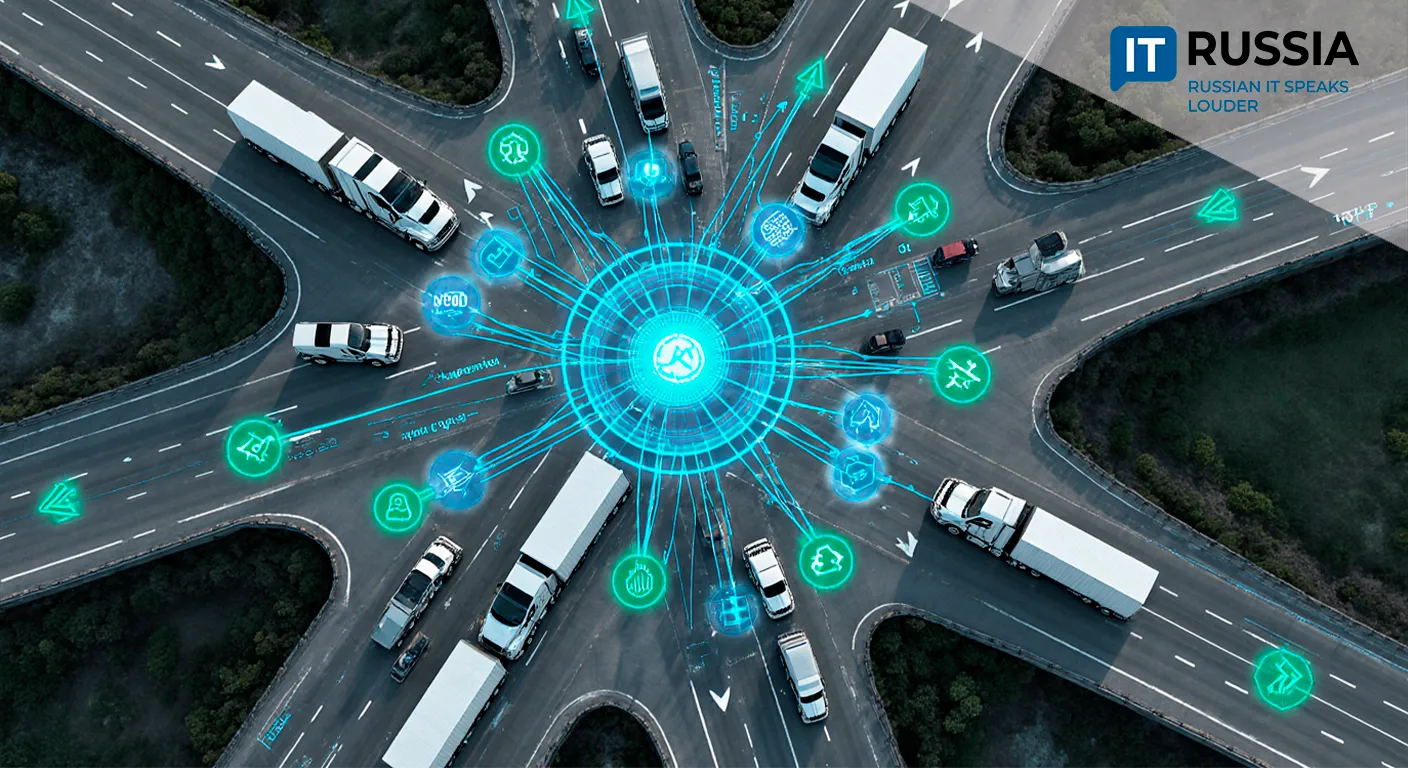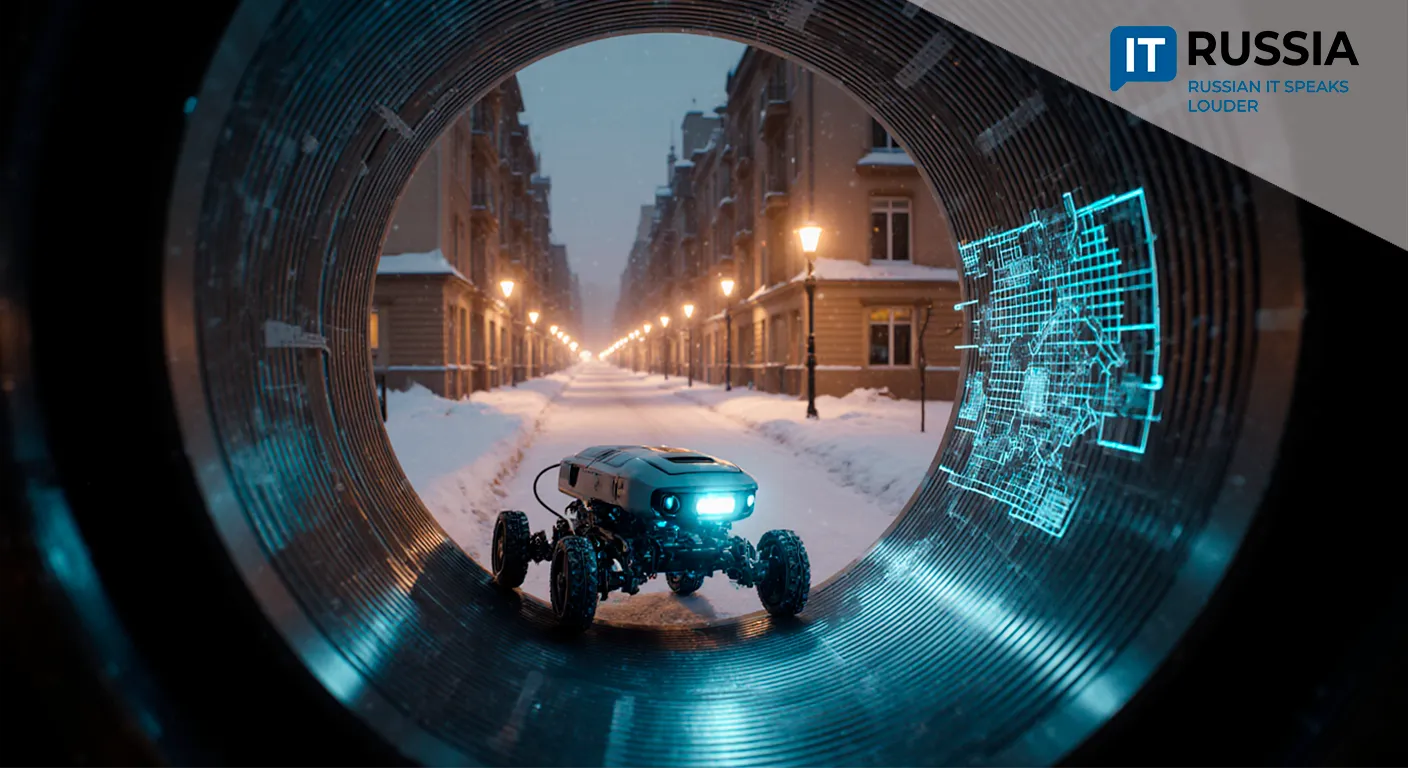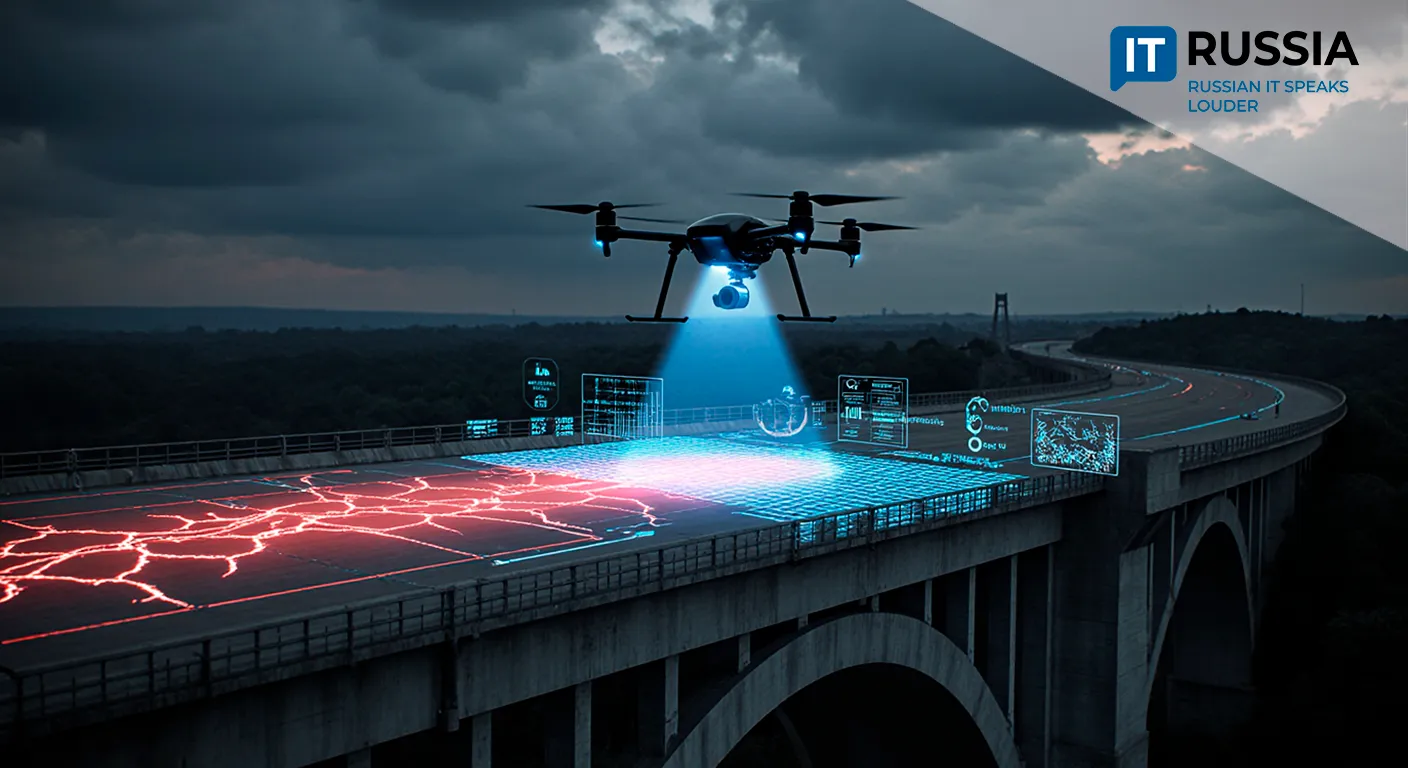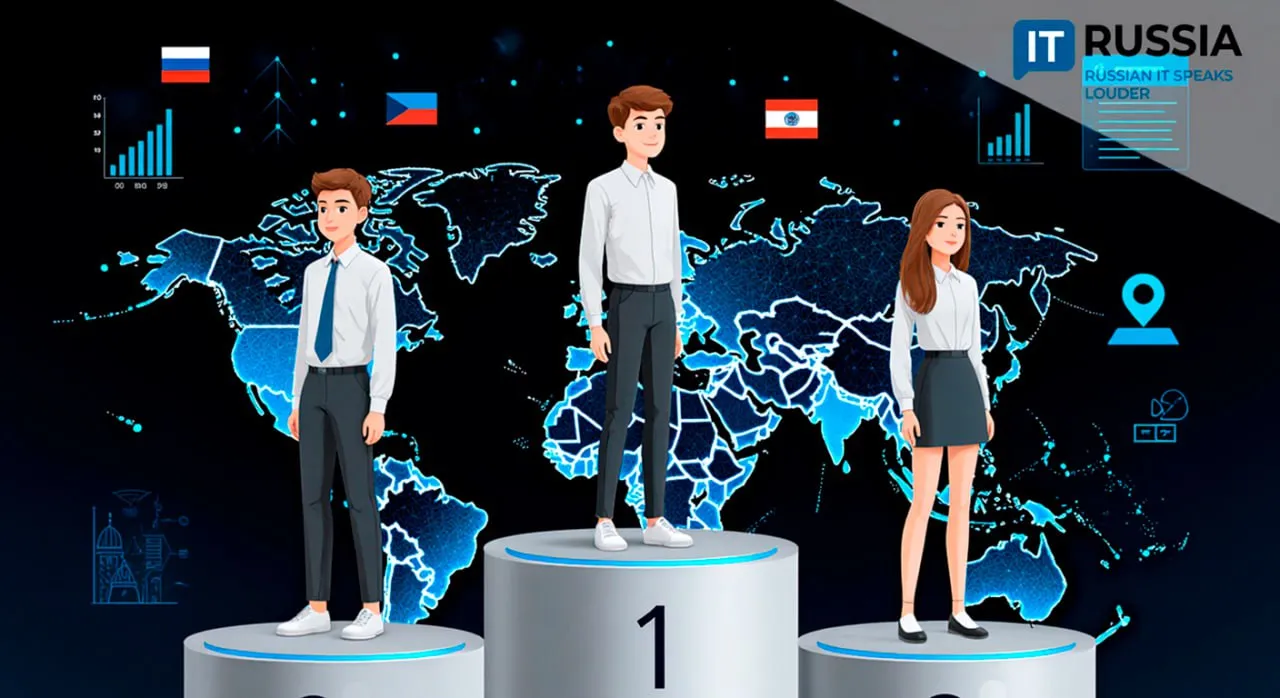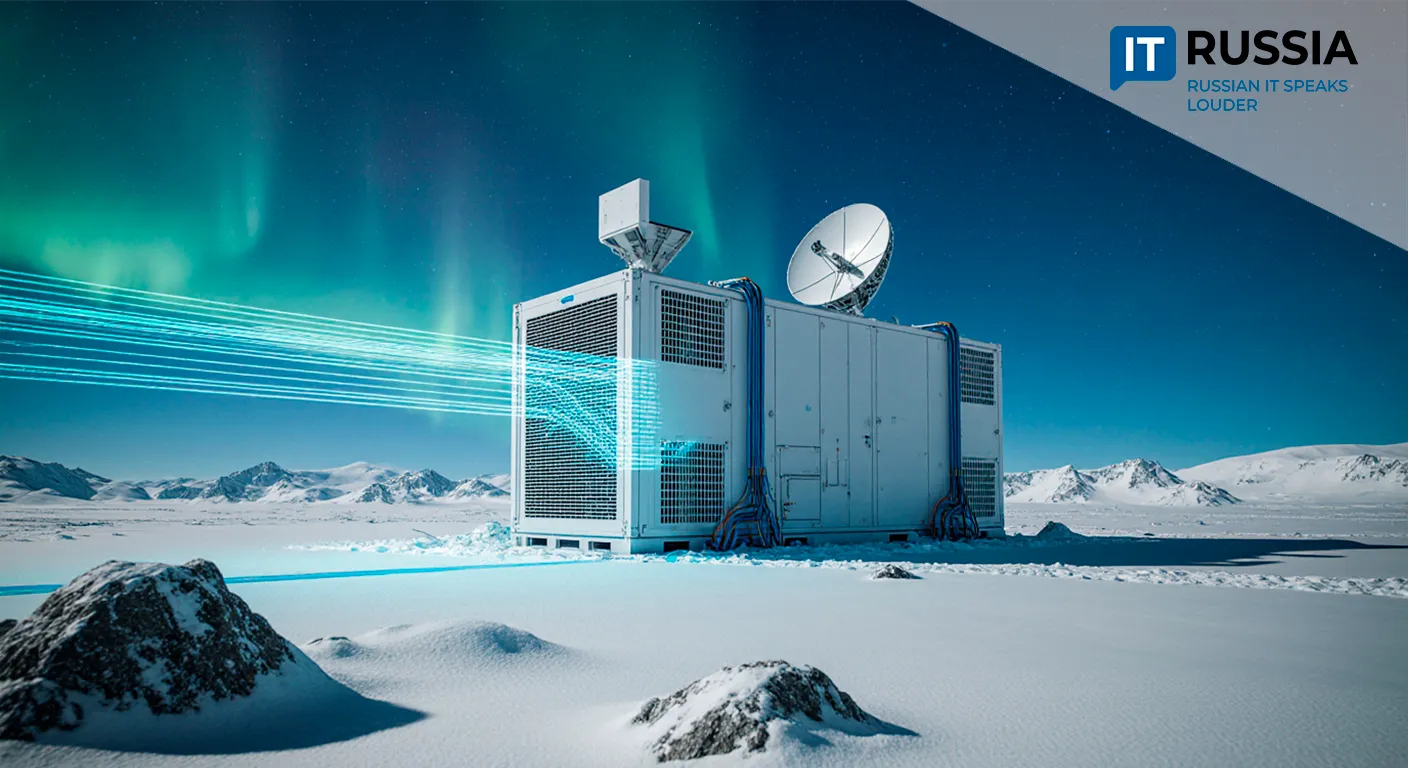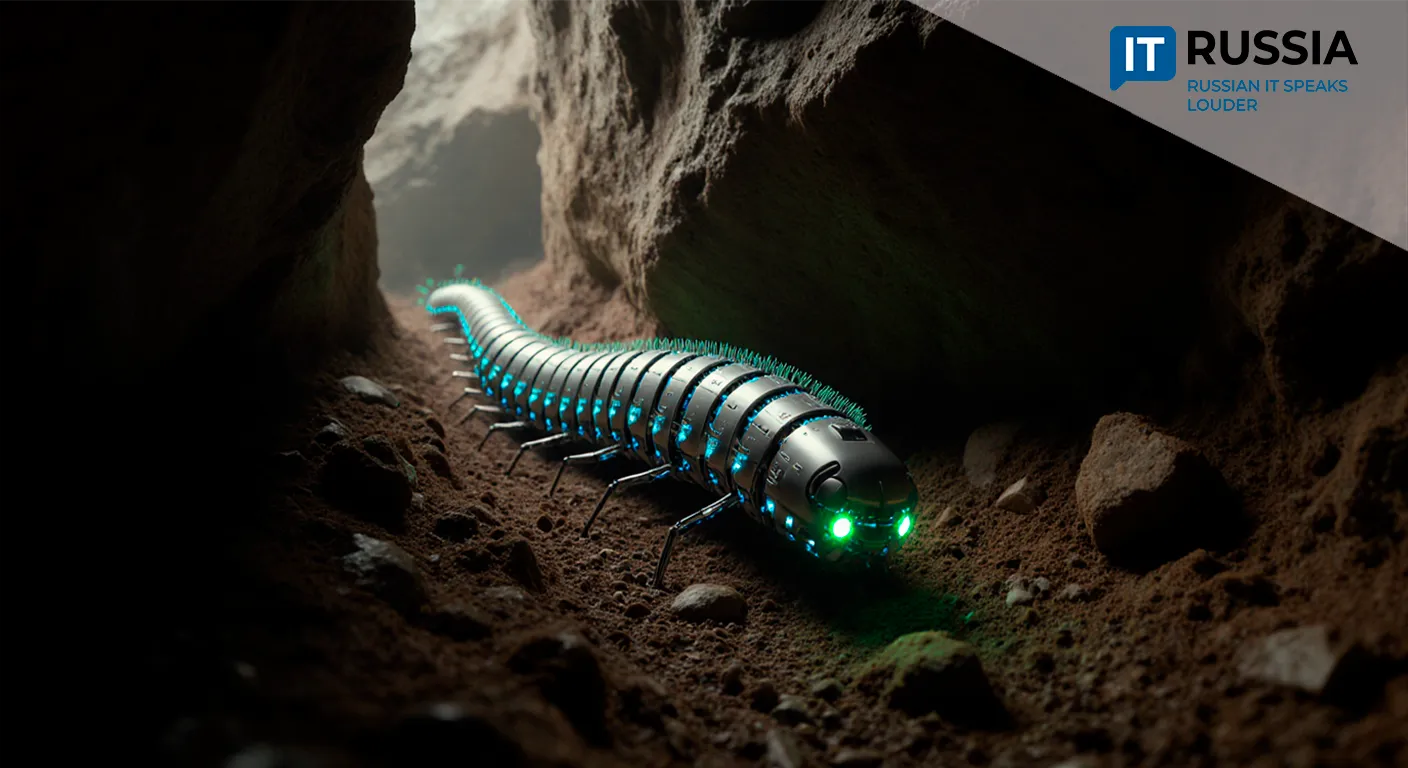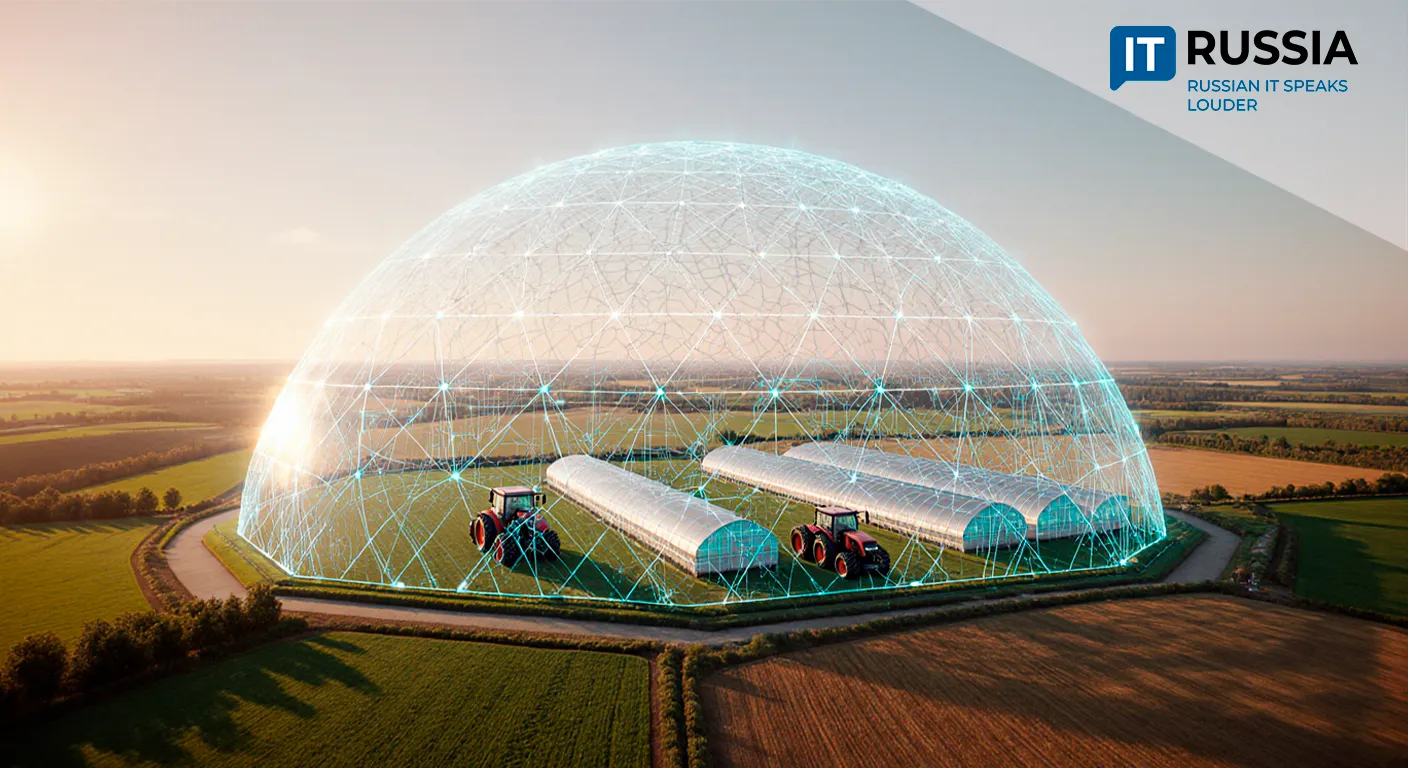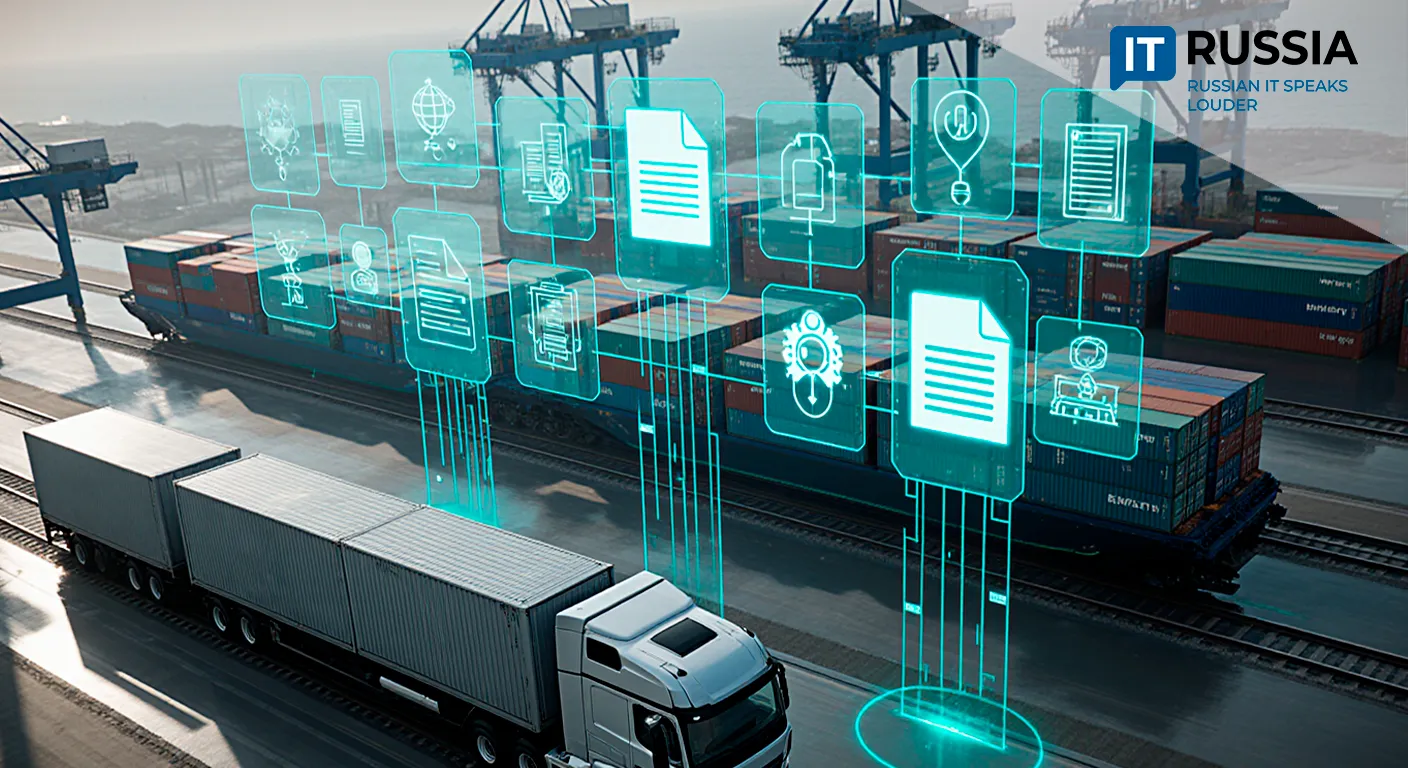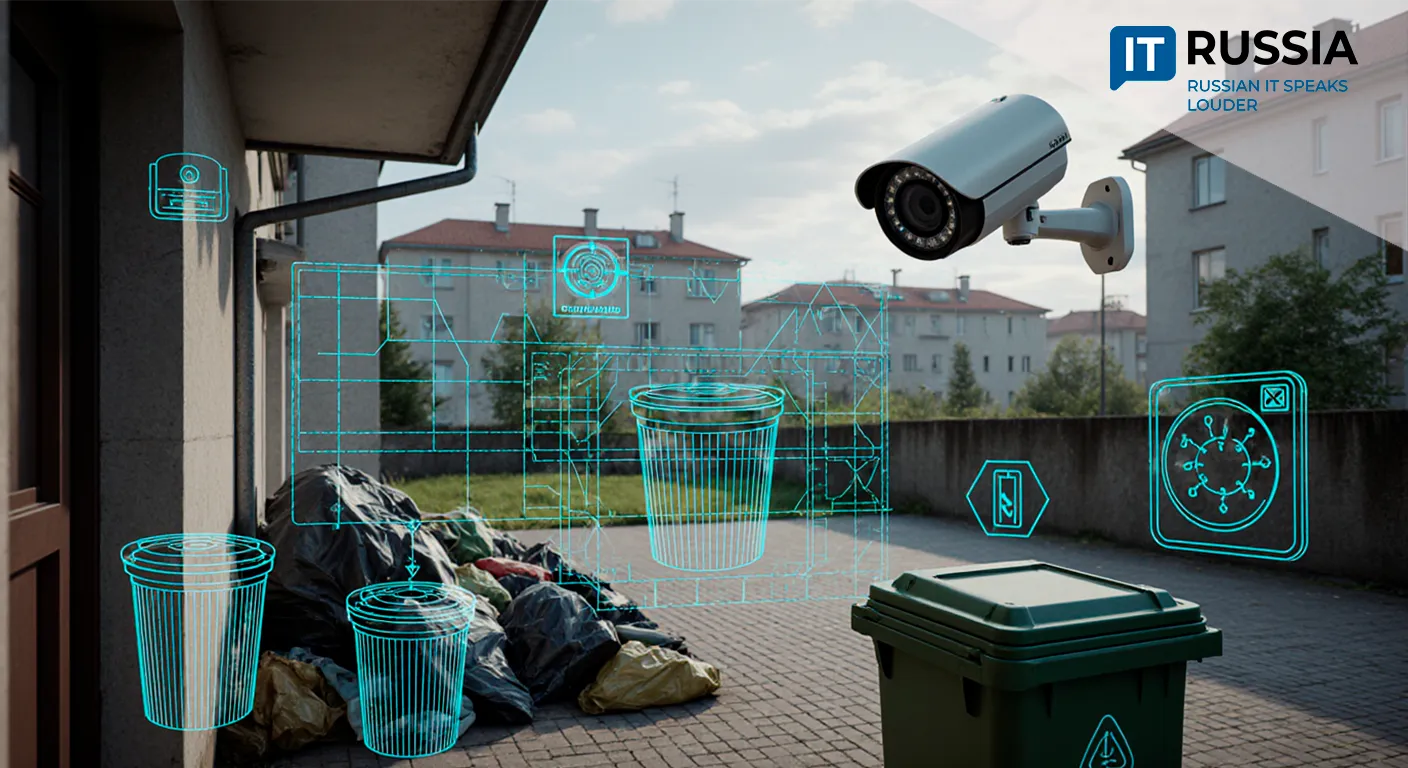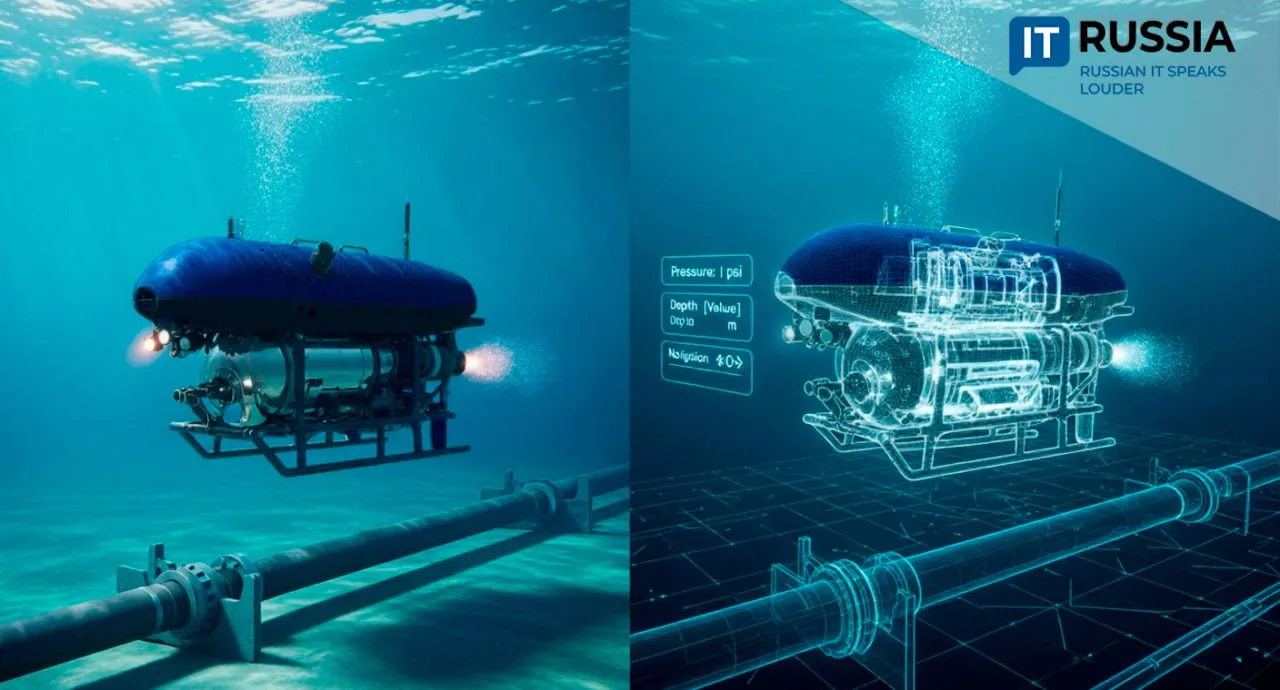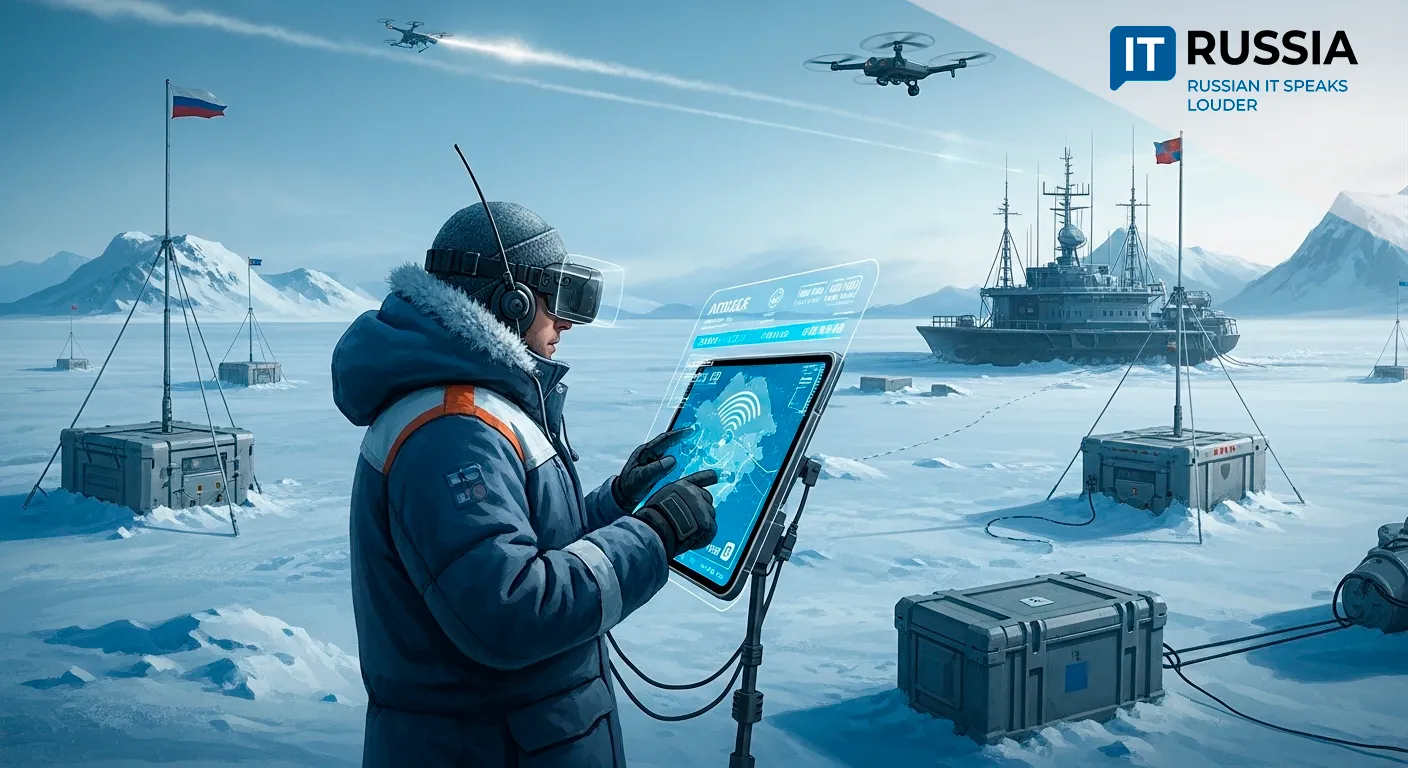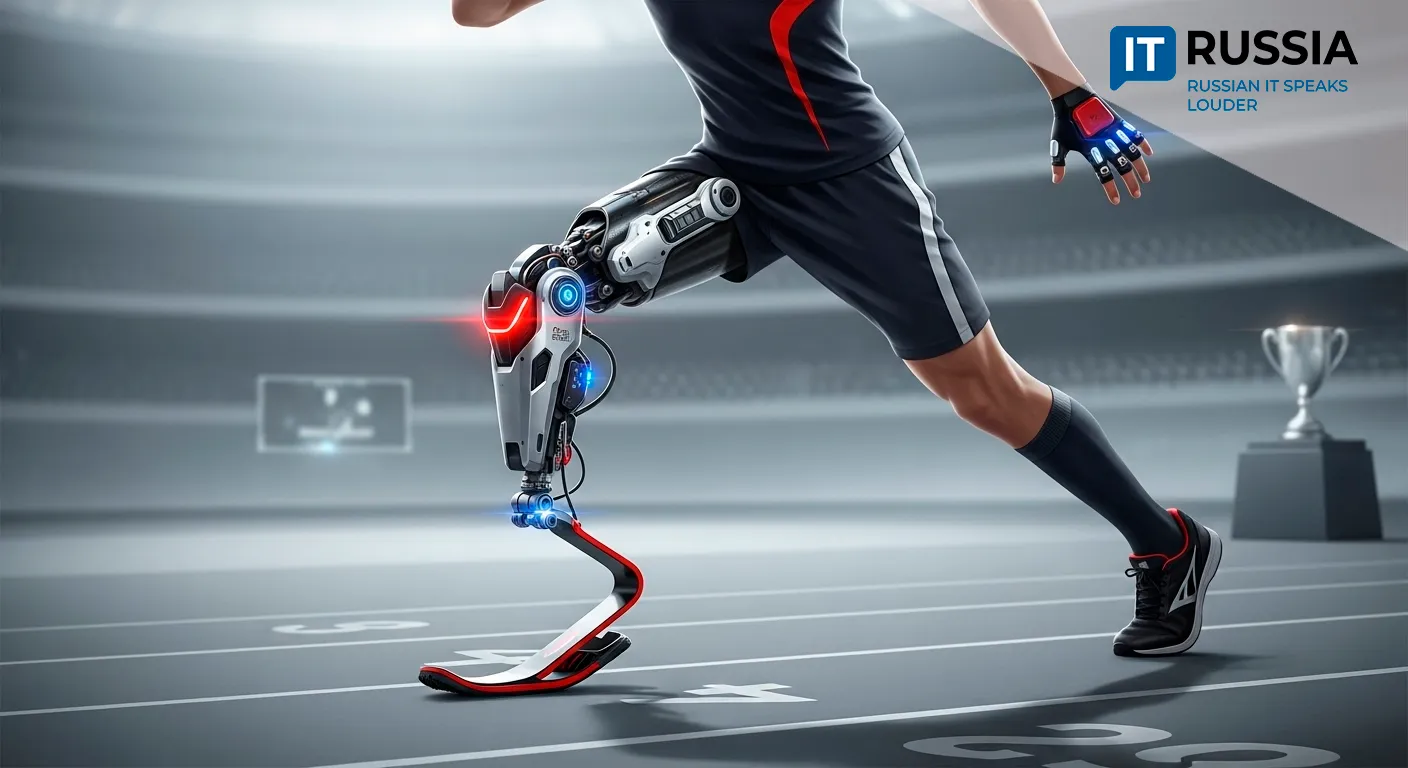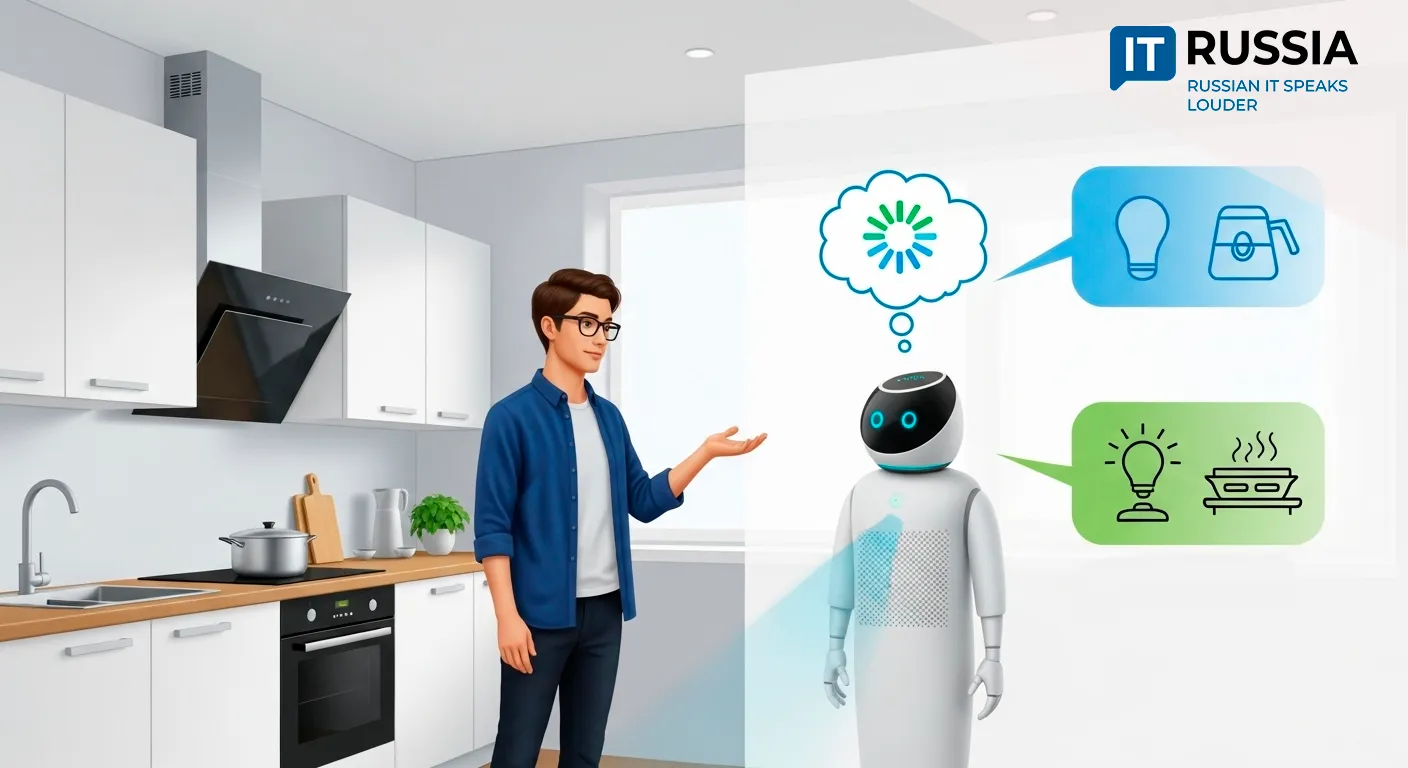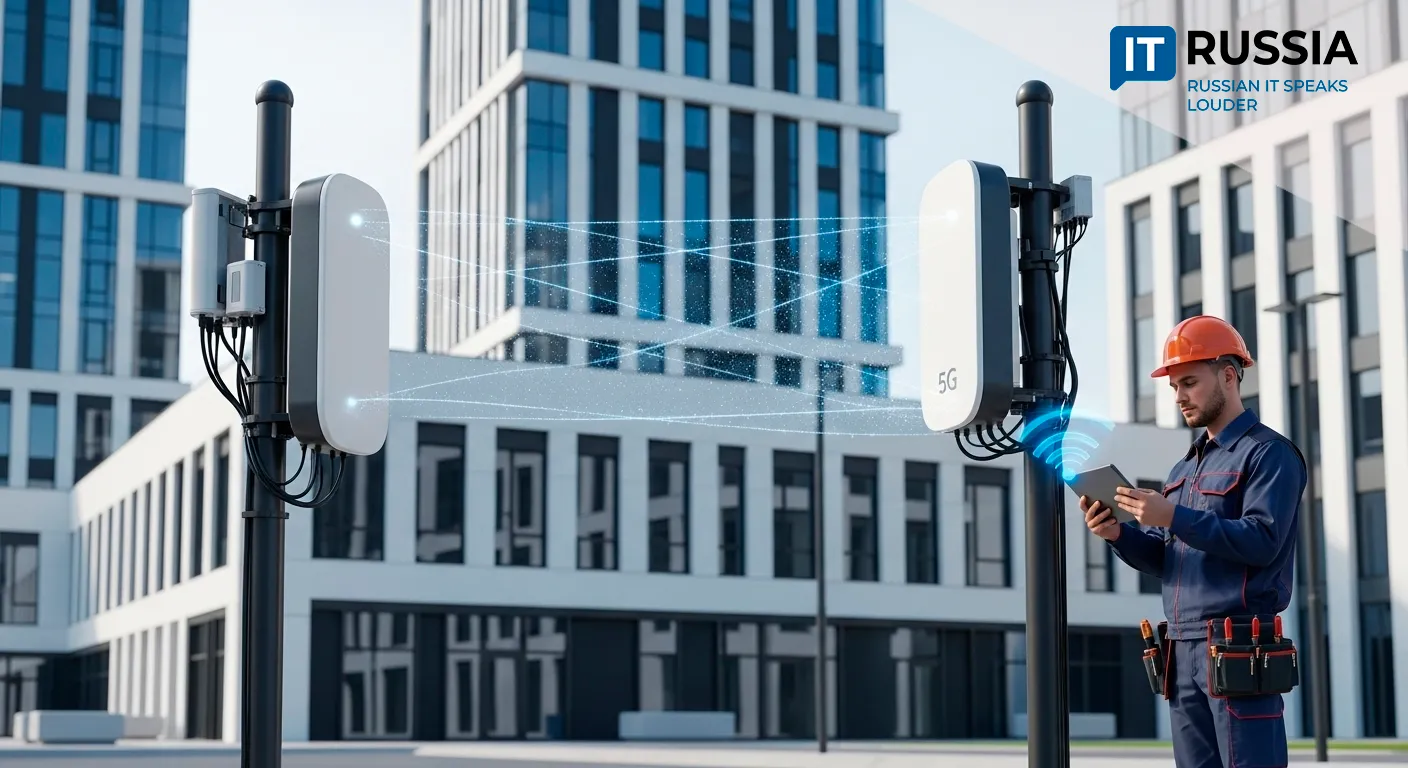Robot vs. Plastic: Russian Student Develops AI to Spot PET Bottles in Landfills
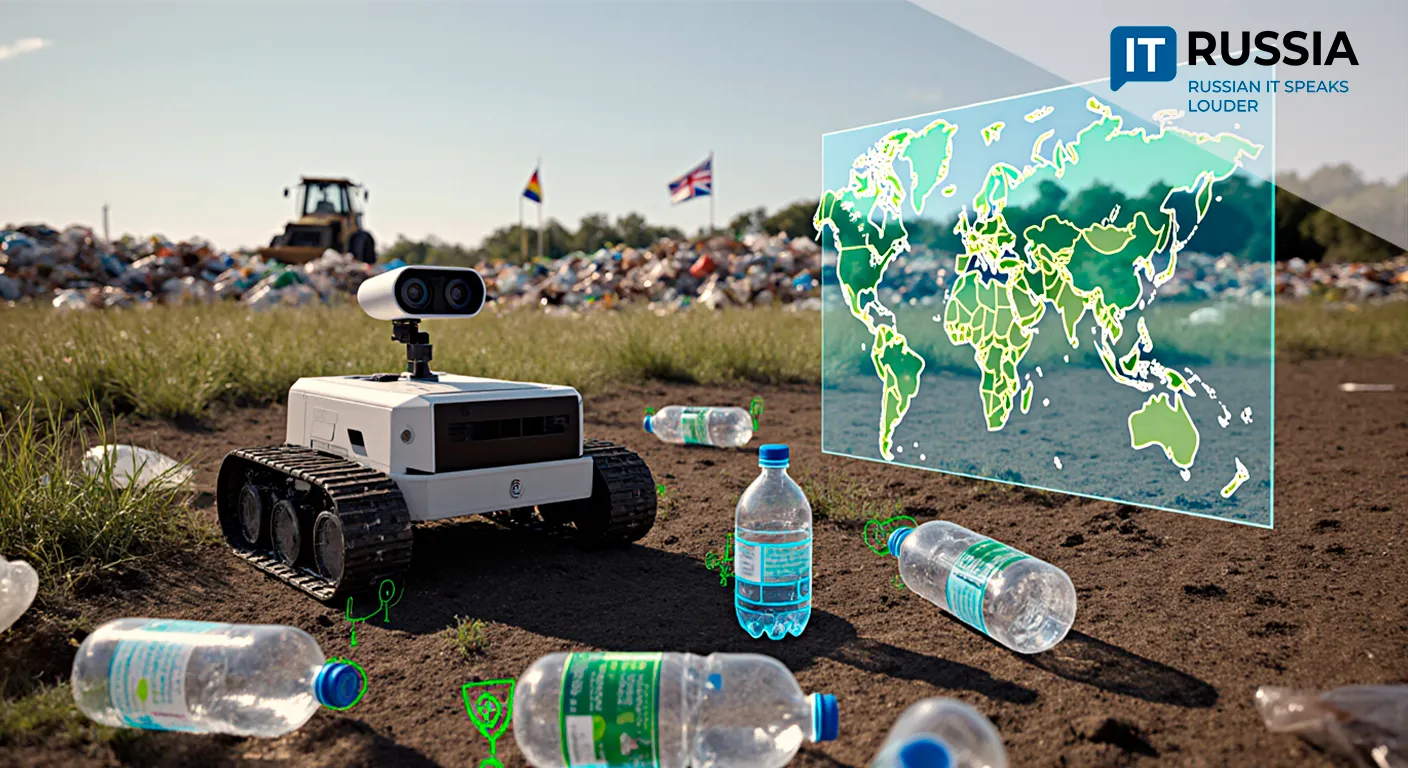
Plastic pollution remains one of the most urgent environmental challenges. A breakthrough from Russian student Tatiana Krasnova at the Institute of IT and Programming, SPbSAP, could help address it: a neural network that detects and pinpoints plastic waste with 92% accuracy
Mapping Plastic Waste
Plastic’s low cost, ease of manufacture, and high durability make it the most-produced material in the world. Every second, about 20,000 PET bottles are made globally. Only a small fraction is recycled; most end up buried in landfills, inflicting lasting harm on ecosystems. Complicating matters, spotting plastic among mixed waste is no easy task.
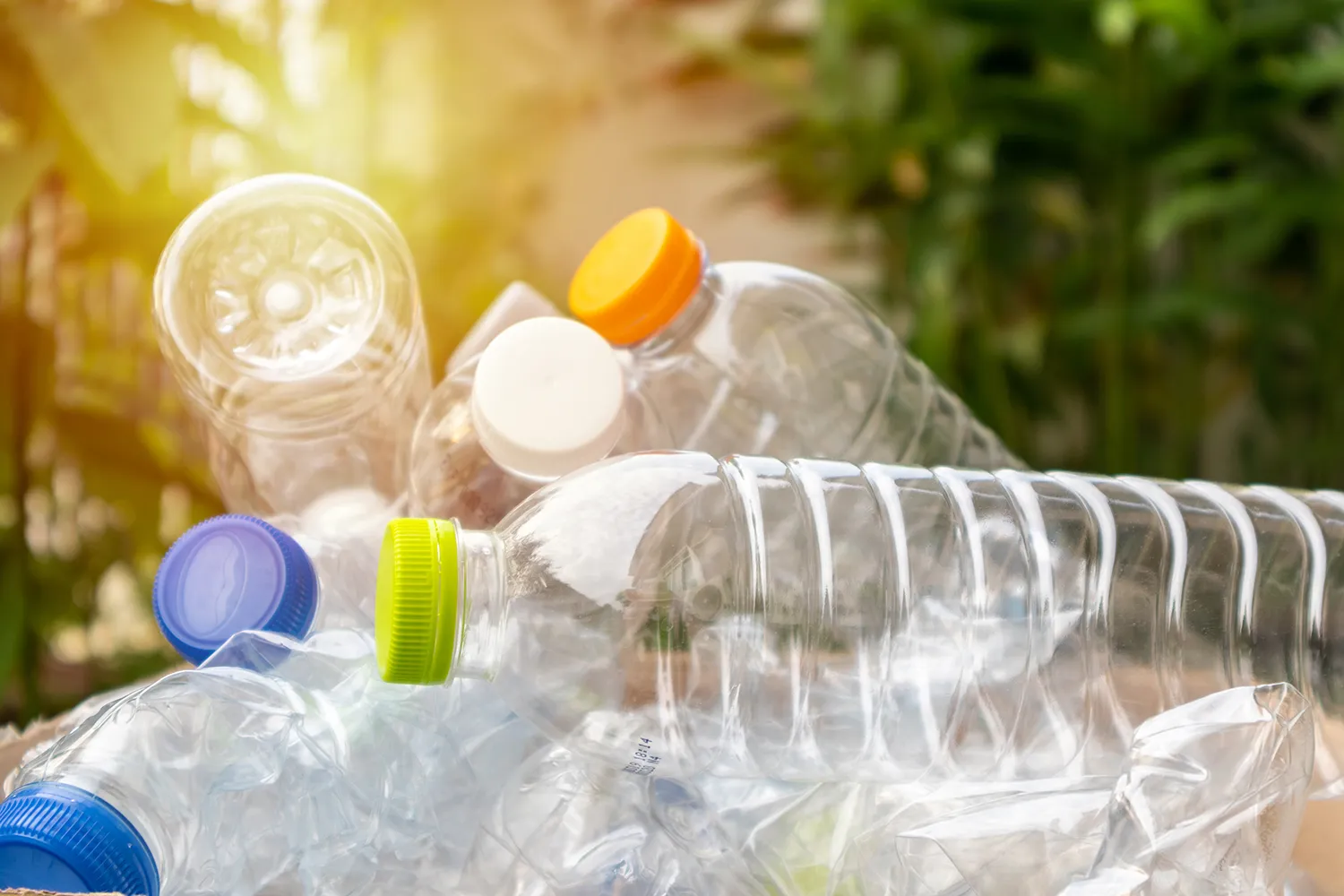
Krasnova’s solution uses RTAB-Map, a real-time appearance-based mapping algorithm. By combining data from sensors and cameras, the system identifies PET bottles, photographs them, and generates a 3D map of the landfill. The vision for the future is a fully automated setup: one robot scans the area, classifies waste, logs coordinates, and a second robot collects the debris at those marked points.
The next step is to install additional sensors and train the neural network to recognize other waste types—glass, metal, batteries—transforming it into a universal tool for environmental monitoring.
Smart Cleanup
Globally, AI and robotics are increasingly applied in ecological work. In the Netherlands, engineers built BeachBot, a robot that scans beaches for cigarette butts, picks them up, and drops them into safe bins. Its neural network was trained using photos from a dedicated mobile app. In France, BeBot was designed to clean beaches of cigarette butts and small plastic waste.
In Russia, AI-powered waste sorting is already in use. The EcoPoint collection hub, for example, uses a neural network to determine waste type (PET bottles, aluminum cans, paper, etc.), as well as quality and quantity. However, combining RTAB-Map with 3D landfill mapping is a new frontier for environmental monitoring.
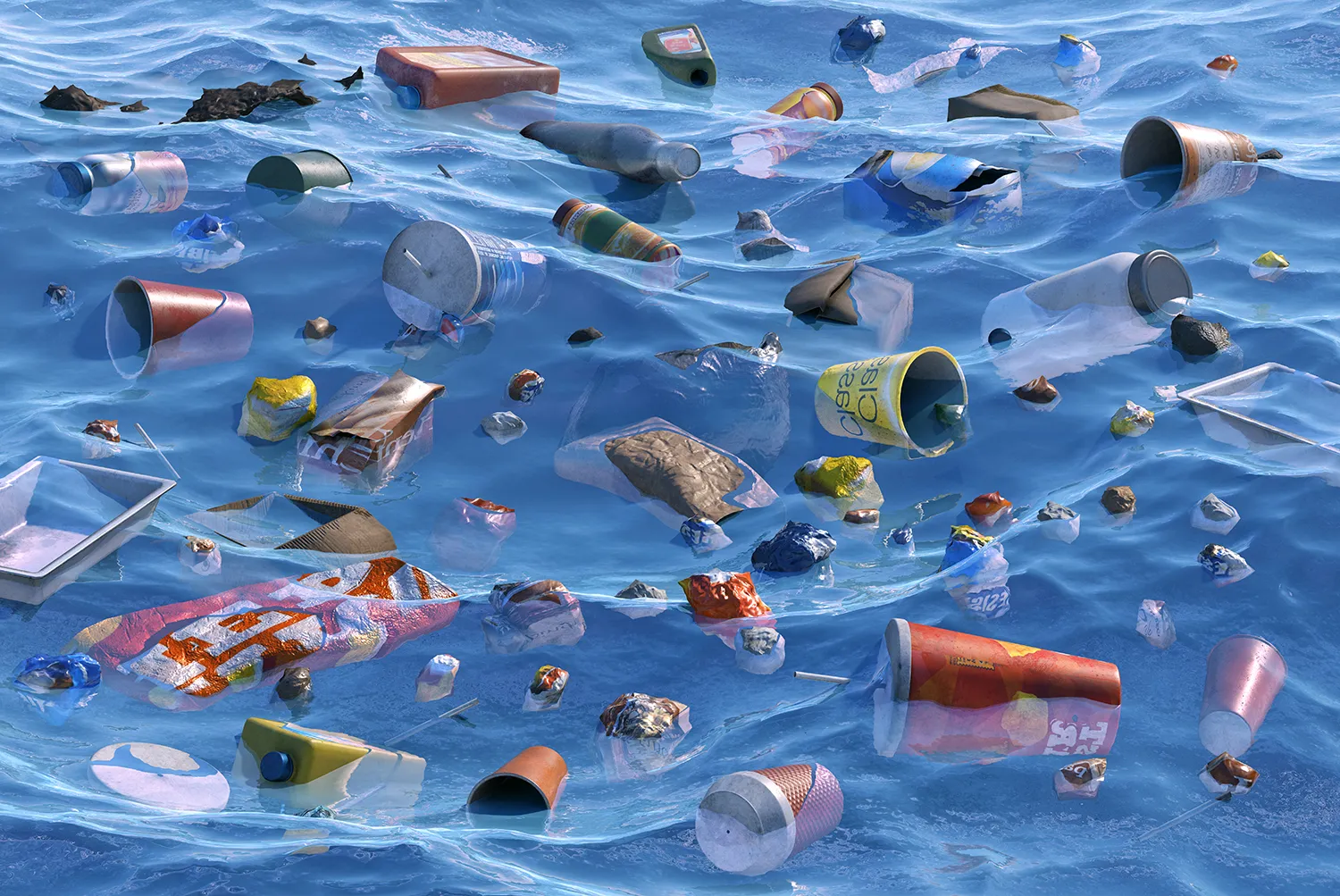
From Lab to Global Market
This technology could serve both municipal waste management services and private recycling companies. Its precision, autonomy, and ability to integrate with other systems make it attractive to foreign cities and environmental agencies.
Krasnova’s work marks an important step toward the roboticization of environmental cleanup. In just a few years, fully autonomous robots scanning and cleaning landfills worldwide could become reality—offering a genuine chance to make the planet cleaner.
